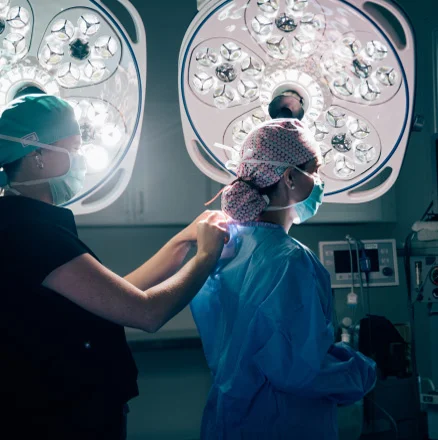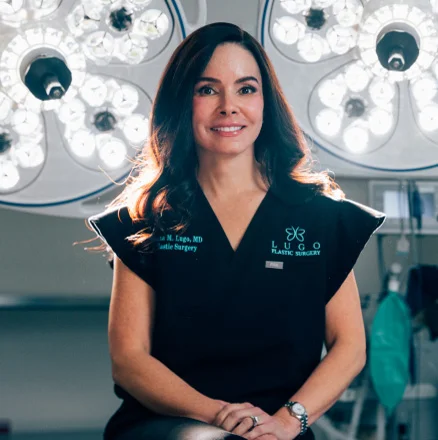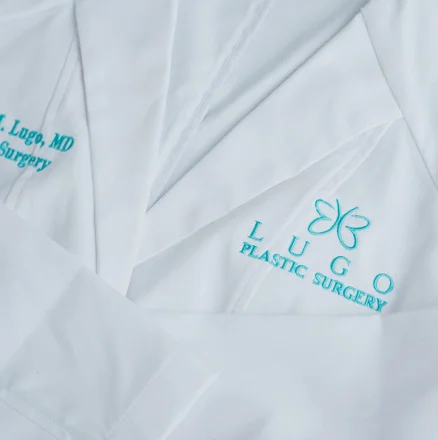What is a
Breast Lift?
As women age, or after pregnancy, breastfeeding, or significant weight changes, the breasts can lose their youthful firmness and shape. For those who are happy with their breast size but want to address sagging or reposition their nipples, a breast lift, or mastopexy, can offer an effective solution. This procedure is designed to lift and firm the breasts, creating a more youthful contour. It can also help correct congenital asymmetries and improve overall breast symmetry.
Over time, factors such as gravity, loss of skin elasticity, and changes in the connective tissues can cause breasts to sag or droop, a condition known as ptosis. Larger breasts may experience ptosis sooner than smaller ones due to the increased weight and gravitational pull. In some cases, a breast augmentation can be combined with a lift to restore volume and enhance the shape of the breasts, providing a fuller, more youthful appearance.










